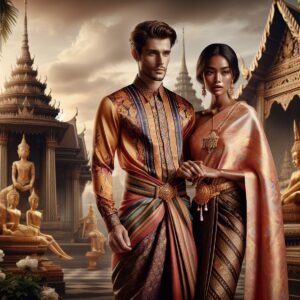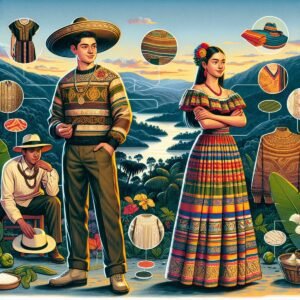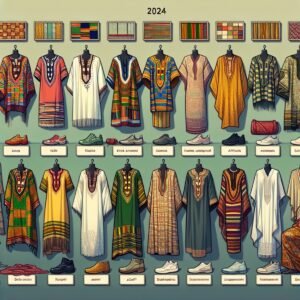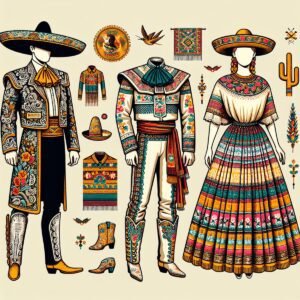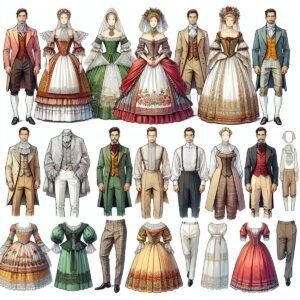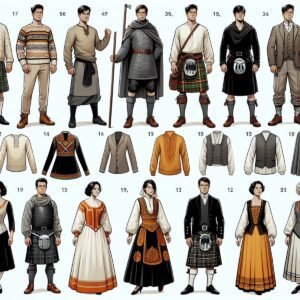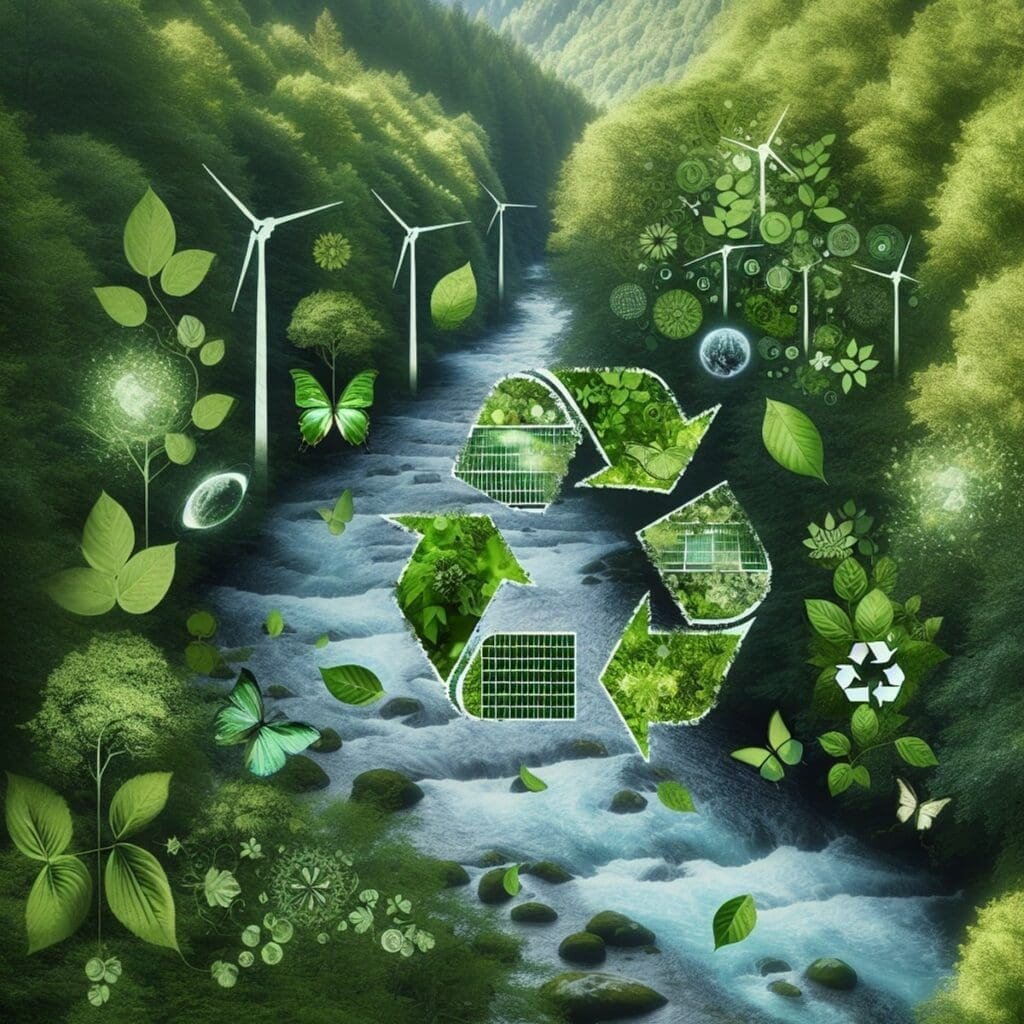
Introduction : What Is Modal Fabric
Modal fabric has become a game-changer in sustainable fashion. This innovative textile is made from spinning beech tree cellulose and offers many benefits that make it an eco-friendly choice over traditional fabrics like cotton. With its softness, breathability, and durability, modal fabric not only feels great but also shows your commitment to the environment.
Why Modal Fabric Matters in Sustainable Fashion
In sustainable fashion, modal fabric plays a significant role in reducing the environmental impact of clothing production:
- Less water usage: The production process for modal fabric requires significantly less water compared to cotton, making it a more sustainable choice.
- Biodegradable: Modal fabric is biodegradable, meaning it can naturally break down without leaving behind harmful pollutants.
- Closed-loop production: Modal fabric follows a closed-loop production model, which means that the chemicals used in its manufacturing process are recycled and reused, minimizing waste and reducing the risk of pollution.
By choosing garments made from modal fabric, you actively support the movement towards sustainable fashion. The versatility of modal fabric makes it suitable for various clothing items such as shirts, dresses, and underwear. Its luxurious softness and moisture-wicking properties ensure optimal comfort while aligning with your values of sustainability.
In this article, we will explore everything you need to know about modal fabric:
- How it’s made: We’ll take a closer look at the production process of modal fabric and understand why it’s considered more sustainable than other textiles.
- Environmental advantages: We’ll examine the specific ways in which modal fabric helps reduce the environmental impact of fashion.
- Comfort qualities: We’ll discuss the unique features of modal fabric that make it a popular choice among conscious consumers.
- Its role in shaping a greener future for fashion: We’ll explore how modal fabric is contributing to the larger movement towards sustainable and ethical practices in the fashion industry.
Let’s dive in and discover how modal fabric is revolutionizing sustainable fashion.
Understanding Modal Fabric
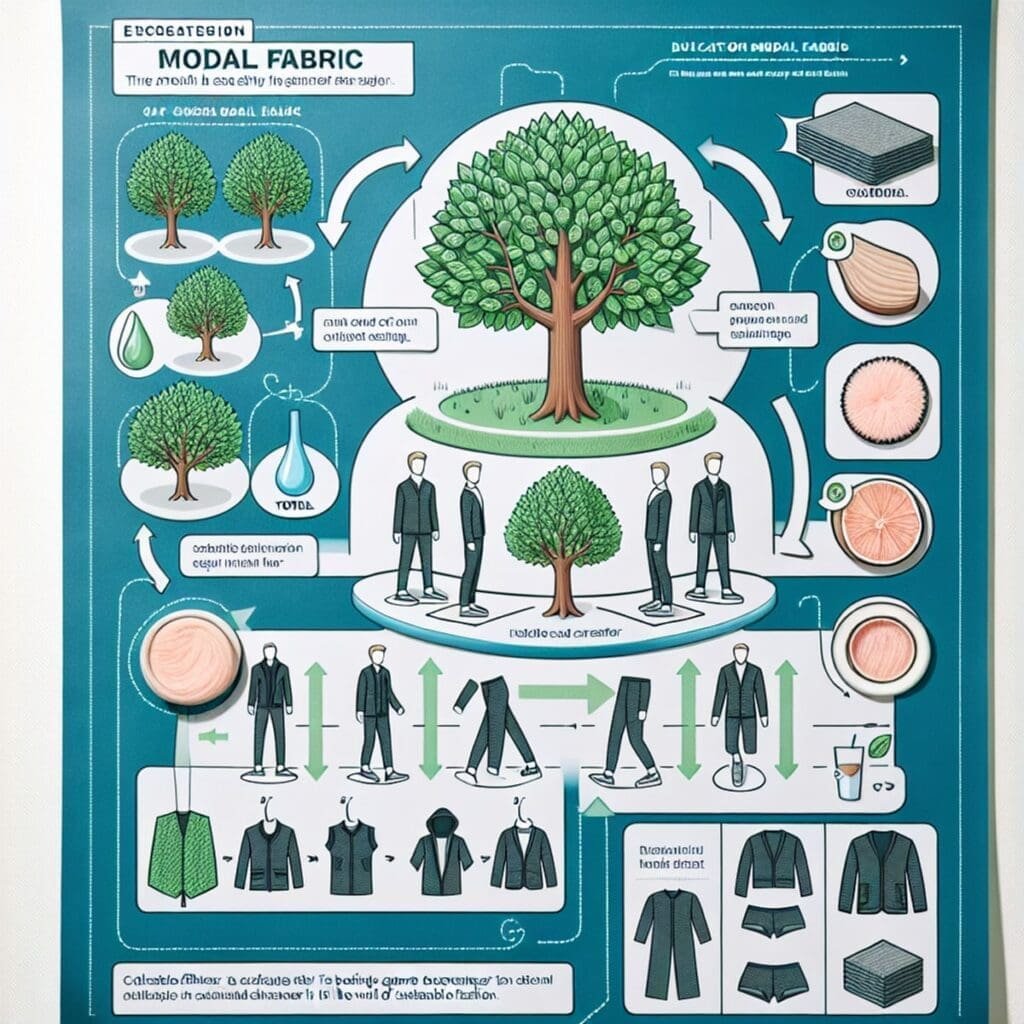
Modal fabric, also known as modal cloth, modal fiber, or modal textile, is a type of bio-based fabric that has gained popularity in the fashion industry due to its sustainability and excellent performance qualities. Made from spinning beech tree cellulose, modal fabric is considered a more eco-friendly alternative to cotton.
Definition of Modal Fabric
Modal fabric is produced through a process called modal spinning, which involves extracting cellulose from beech trees and then transforming it into fibers. These fibers are then spun into yarns and woven or knitted into fabrics. The result is a soft, luxurious material that offers a range of benefits.
Different Terminologies Used for Modal Fabric
While the term “modal fabric” is commonly used to describe this type of textile, you may come across other terms such as “fabric modal” or simply “modal.” These terms all refer to the same material made from beech tree cellulose.
Common Uses of Modal Fabric
Modal fabric has found its way into various applications within the fashion and textile industries. Some common uses of modal fabric include:
- Clothing: Modal fabric is highly sought after for its exceptional softness and breathability. It is commonly used in clothing items such as shirts, dresses, skirts, and underwear. The fabric’s natural stretch makes it ideal for garments that require flexibility and comfort.
- Home Textiles: Modal fabric’s luxurious feel also makes it a popular choice for home textiles. It is commonly used in bedding such as sheets and pillowcases due to its smooth texture and moisture-wicking properties. Additionally, towels made from modal fabric are highly absorbent and gentle on the skin.
Modal fabric’s versatility and performance qualities make it suitable for a wide range of applications in both fashion and home textiles. Its popularity continues to grow as more designers and brands recognize its unique properties.
The Journey of Modal Fabric: From Trees to Textiles
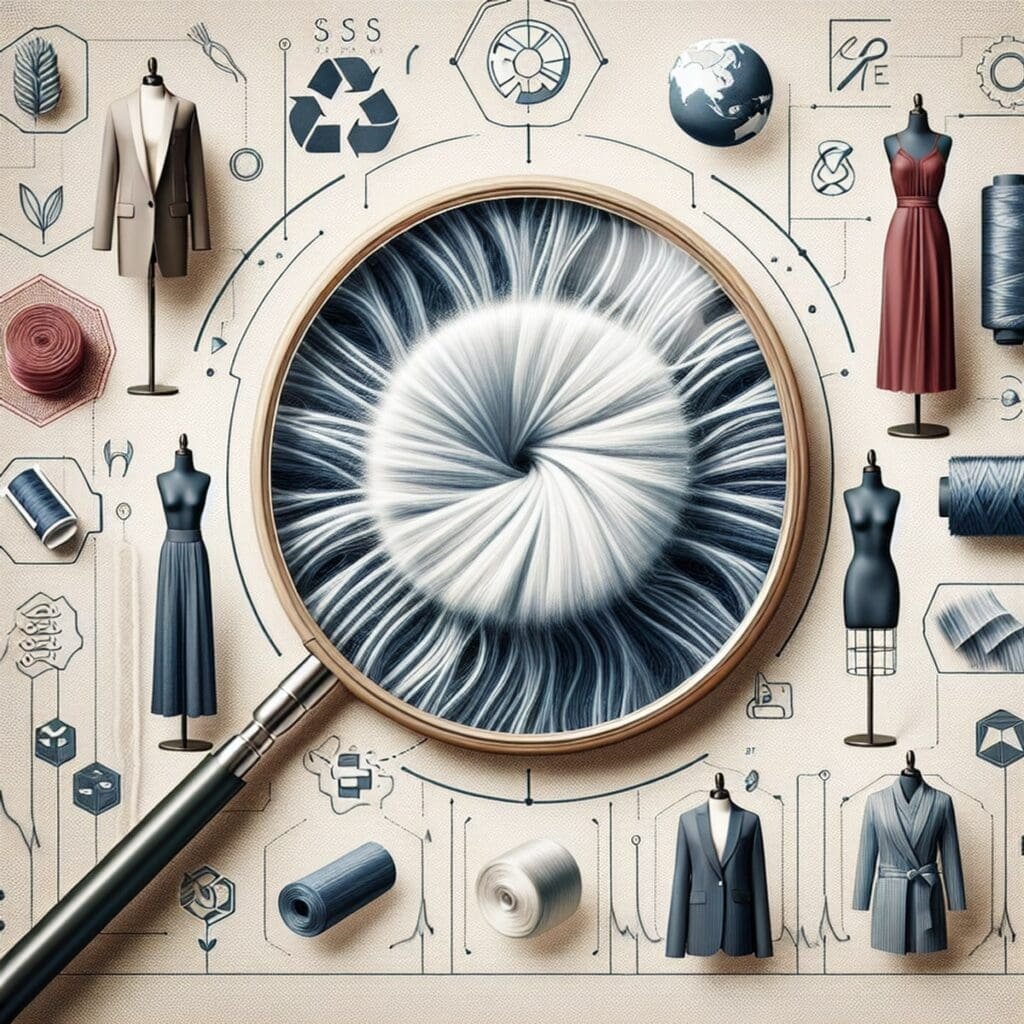
Modal fabric is made from beech trees through a unique production process. Here’s how it goes:
1. Overview of the Production Process of Modal Fabric
The production process of modal fabric involves these steps:
- Harvesting beech wood
- Processing the wood into wood pulp using chemicals
- Spinning the extracted pulp into fibers using specialized equipment
- Creating soft and luxurious modal fabric from these fibers
2. Role of Lenzing in Pioneering Sustainable Modal Production
Lenzing, a leading sustainable fiber producer, has been instrumental in developing sustainable modal fabric production. They have achieved this through:
- Using innovative technologies
- Implementing environmentally friendly practices
Their efforts have raised the bar for modal fabric production, resulting in reduced environmental impact and increased sustainability.
3. Utilization of Beech Trees as the Key Raw Material for Modal Fabric Production
Beech trees are the main source of raw material for making modal fabric. Here’s why they are an excellent choice:
- They grow quickly
- They have a minimal impact on the environment
- They require less water compared to other materials used in textiles
All these factors contribute to making modal fabric eco-friendly.
The combination of Lenzing’s expertise, sustainable practices, and the use of beech trees as raw material demonstrates an environmentally responsible and innovative approach to producing modal fabric. This commitment to sustainability is evident throughout the supply chain, with a focus on minimizing waste and maximizing resource efficiency.
Environmental Advantages and Responsible Practices
Certifications for Identifying Sustainable Modal Textiles
- Modal fabric sustainability: Modal fabric is known for its sustainable production process. It is made from beech trees that require minimal water and land to grow. The closed-loop production system ensures minimal environmental impact, making it a great choice for eco-conscious consumers.
- Sustainable modal practices: The production of modal fabric involves eco-friendly processes with reduced chemical usage, low water consumption, and efficient waste management. These sustainable practices align with the growing demand for environmentally responsible textile manufacturing.
- OEKO-TEX certification: The OEKO-TEX Standard 100 certification ensures that modal fabrics meet strict human-ecological requirements. This certification guarantees that the textiles are free from harmful substances, making them safe for human use and environmentally friendly.
Exploration of the Significance of OEKO-TEX Certification for Modal Fabric and Overall Textile Industry
- Consumer confidence: The OEKO-TEX certification enhances consumer trust in modal fabric products by assuring them of their safety and environmental compatibility. This transparency fosters a positive perception of sustainable fashion choices among consumers.
- Industry impact: The widespread adoption of OEKO-TEX certified modal fabrics contributes to the overall improvement of sustainable practices in the textile industry. It sets a benchmark for responsible manufacturing and encourages other companies to prioritize eco-friendly production methods.
By prioritizing sustainability and obtaining relevant certifications like OEKO-TEX, modal fabric manufacturers demonstrate their commitment to ethical and environmentally conscious practices, contributing to the advancement of sustainable fashion.
Promoting Clean Production with Bluesign® Approval
Modal fabric sustainability is a key focus in the fashion industry, and responsible practices in its production are essential for minimizing environmental impact. One important certification that ensures environmentally friendly textile manufacturing is bluesign® approval.
Understanding the Role of bluesign® in Ensuring Environmentally Friendly Textile Manufacturing, with Focus on Modal Fabric
The bluesign® system is a holistic approach that addresses the entire textile supply chain, from raw materials to end products. Its main goal is to reduce the environmental footprint of textile production and promote sustainable practices. When it comes to modal fabric, bluesign® approval plays a crucial role in ensuring responsible production.
Key Sustainability Benefits of Modal Fabric
- Modal fabric is made from renewable beech trees, which require less water and land compared to other natural fibers like cotton.
- The production process of modal fabric uses significantly less water and energy compared to synthetic fibers like polyester.
- Modal fabric is biodegradable, meaning it can naturally decompose without harming the environment.
- Modal fabric has excellent moisture management properties, reducing the need for harsh chemical treatments to achieve desired performance.
Comparative Analysis: Modal Fabric vs. Other Synthetic Fabrics in Terms of Environmental Impact
In comparison to other synthetic fabrics like polyester, modal fabric stands out as a more sustainable choice due to its regenerative plant-based origin and lower environmental impact. Polyester production relies heavily on non-renewable fossil fuels and requires large amounts of energy and water.
Adoption of Sustainable Measures in Modal Fabric Production
Manufacturers have been actively adopting sustainable measures in modal fabric production. These measures include:
- Implementing closed-loop production systems that recycle chemicals and minimize waste.
- Utilizing environmentally friendly dyes and finishes that reduce water usage and chemical pollution.
- Applying efficient energy management practices to reduce carbon emissions.
By obtaining bluesign® approval, manufacturers demonstrate their commitment to sustainable modal fabric production and responsible environmental practices.
Comfort and Performance: Qualities That Make Modal Fabric Stand Out
Modal fabric is known for its exceptional comfort and performance, making it a popular choice in the world of sustainable fashion. Here are the key qualities that make modal fabric stand out:
1. Luxurious Softness and Silky Drape
Modal fabric is renowned for its incredible softness, often described as being even softer than silk. This luxurious feel against the skin adds a touch of elegance to any garment. Moreover, modal fabric has a silky drape that enhances the flow and movement of clothing, giving it an effortlessly chic look.
2. Enhanced Breathability and Moisture-Wicking Properties
One of the remarkable features of modal fabric is its excellent breathability. The fabric allows air to circulate freely, keeping the body cool and comfortable even in warm weather. Additionally, modal fabric has moisture-wicking properties that efficiently absorb and release perspiration, preventing the fabric from clinging to the skin and leaving the wearer feeling fresh and dry.
3. Durable Nature and Resistance to Wrinkles, Pilling, and Shrinkage
Modal fabric is highly durable and long-lasting, making it a reliable choice for everyday wear. It has a natural resistance to wrinkles, reducing the need for ironing or steaming. Furthermore, modal fabric resists pilling, meaning it maintains its smooth surface even after repeated use and washing. Additionally, this fabric has minimal shrinkage properties, ensuring that garments retain their original shape and size over time.
Modal fabric’s exceptional comfort and performance have made it a favorite among designers and consumers alike. Its softness, breathability, durability, and resistance to wrinkles make it ideal for various types of clothing such as t-shirts, dresses, activewear, base layers, and underwear.
By combining sustainability with comfort and performance, modal fabric offers a versatile option for individuals seeking eco-conscious fashion choices without compromising on quality or style. Its unique properties contribute to a comfortable and enjoyable wearing experience, making it an excellent alternative to traditional fabrics.
Exploring Alternatives: Modal Fabric in Comparison to Other Cellulosic Fibers
When it comes to sustainable fashion, modal fabric stands out as a versatile and eco-conscious choice. However, it’s important to understand how it compares to other cellulosic fibers like rayon, lyocell (Tencel), and Cupro in terms of sustainability attributes and textile applications.
Here is a comparative study of modal fabric with these alternative fibers:
Rayon Fabric
Rayon is a widely used semi-synthetic fiber made from wood pulp. While it shares similarities with modal fabric in terms of softness and breathability, its production process often involves the use of harsh chemicals. This can have negative environmental impacts, making modal fabric a more sustainable choice.
Lyocell Fabric (Tencel)
Lyocell, commonly known as Tencel, is another cellulosic fiber that is highly regarded for its environmental benefits. Similar to modal fabric, Tencel is produced using a closed-loop process where the solvent used in the production is recycled. Both modal and Tencel offer excellent moisture-wicking properties and are gentle on the skin. However, modal fabric often has a silkier feel and better drape compared to Tencel.
Cupro
Cupro is a regenerated cellulose fiber made from cotton linter, which is a byproduct of cotton production. It shares some similarities with modal fabric in terms of comfort and breathability. However, cupro does not have the same level of moisture-wicking properties or durability as modal fabric.
In terms of sustainability attributes, modal fabric excels due to its closed-loop production process and the use of beech trees as its raw material. The beech tree forests are sustainably managed, requiring less water compared to cotton cultivation. Additionally, modal fabric’s biodegradable nature contributes to the development of a circular economy for textiles.
When it comes to textile applications, modal fabric is commonly used in a wide range of products, including shirts, dresses, underwear, bedding, and towels. Its luxurious softness, enhanced breathability, and resistance to wrinkles make it a popular choice for both clothing and home textiles.
By understanding the differences between modal fabric and other cellulosic fibers, you can make informed choices when it comes to sustainable fashion. Modal fabric’s unique combination of sustainability attributes and comfort makes it an excellent option for those seeking eco-friendly clothing options.
Modal Fabric’s Role in Shaping a Greener Future for Fashion
Modal fabric is playing a significant role in shaping a greener future for the fashion industry. As an eco-conscious choice, modal fabric offers various benefits that make it a versatile and sustainable option in clothing design and consumption patterns. Additionally, its production process contributes to the development of a circular economy for textiles through its biodegradable nature and closed-loop production model.
Key Benefits of Modal Fabric
Here are the key points highlighting the role of modal fabric in shaping a greener future for fashion:
1. Versatile and Eco-Conscious Choice
Modal fabric is highly regarded for its versatility and eco-friendly attributes. It is known for its luxurious softness, silky drape, and enhanced breathability, making it suitable for a wide range of clothing items. From t-shirts to dresses and underwear, modal fabric provides comfort without compromising on sustainability.
2. Contribution to Circular Economy
Modal fabric’s production process follows a closed-loop system, which means that the chemicals used are recycled and reused. This not only minimizes waste but also reduces the environmental impact of textile manufacturing. Furthermore, modal fabric is biodegradable, ensuring that it can easily decompose at the end of its life cycle.
The Impact of Modal Fabric
Modal fabric’s positive attributes contribute to the overall sustainability of the fashion industry. By choosing modal fabric products, consumers can actively support sustainable fashion practices. The adoption of this eco-conscious material by brands and designers also encourages others to follow suit, leading to a more environmentally friendly fashion landscape.
“By embracing modal fabric, we can take significant steps towards creating a more sustainable and environmentally friendly fashion landscape.”
Exploring Other Sustainable Fabrics
In addition to modal fabric, there are other promising sustainable fabrics in the market, such as orange fiber. Exploring these alternatives allows individuals to make informed choices and contribute to a greener future for the fashion industry.
The Future of Modal Fabric
The revolutionizing nature of modal fabric innovation continues to inspire brands and consumers alike. With ongoing research and development, there is immense potential for further enhancing the environmental performance of modal fabric through emerging technologies like the use of nanofibrils. As more brands embrace modal fabric in their sustainable collections, it sets a positive example and paves the way for a greener future in fashion.
Looking Ahead: The Future Potential of Modal Fabric in Driving Sustainability
As the fashion industry continues to prioritize sustainability, modal fabric is positioned to play a pivotal role in shaping a greener future. With ongoing technological advancements and a growing commitment to eco-conscious practices, the future prospects of modal fabric are promising.
Emerging Technologies and Innovations
- Use of Nanofibrils: Ongoing research and development in the utilization of nanofibrils present an exciting opportunity to further enhance the environmental performance of modal fabric. By leveraging nanotechnology, manufacturers can explore innovative ways to optimize the fabric’s properties while minimizing its ecological footprint.
Inspiring Examples of Brands Embracing Modal Fabric
- Sustainable Collections: Forward-thinking brands are increasingly incorporating modal fabric into their sustainable collections, showcasing its versatility and eco-friendly attributes. From activewear to everyday essentials, these brands are setting a positive example for the industry, demonstrating the potential of modal fabric in driving sustainability forward.
As modal fabric continues to evolve and gain traction within the fashion landscape, its future as a leading sustainable textile holds great promise. Through ongoing innovation and widespread adoption by conscientious brands, modal fabric is poised to make a lasting impact on the journey towards environmentally-responsible fashion choices.
Conclusion
Choose modal fabric products to support sustainable fashion. Modal fabric offers a versatile and eco-conscious choice in clothing design and consumption patterns, contributing to the development of a circular economy for textiles through its biodegradable nature and closed-loop production model.
Consider exploring other sustainable fabrics like orange fiber:
- Derived from citrus by-products
- Gaining attention for its innovative approach to sustainability in fashion
- Offers a unique blend of eco-friendly attributes and functional properties
By embracing modal fabric and exploring other sustainable textile options such as orange fiber, you can actively participate in shaping a greener future for the fashion industry while enjoying high-quality, comfortable, and stylish clothing choices.
FAQs (Frequently Asked Questions)
What is modal fabric and why is it revolutionizing sustainable fashion?
Modal fabric has become a game-changer in sustainable fashion due to its eco-friendly production process, versatile qualities, and contribution to the circular economy.
Why does modal fabric matter in sustainable fashion?
In sustainable fashion, modal fabric plays a significant role in promoting environmental advantages, responsible practices, and clean production, making it a key component of the industry’s shift towards sustainability.
What are the different terminologies used for modal fabric?
In sustainable fashion, modal fabric plays a significant role in promoting environmental advantages, responsible practices, and clean production, making it a key component of the industry’s shift towards sustainability.
What are the key sustainability benefits of modal fabric?
Modal fabric is made from renewable beech trees, requires less water and land compared to other fibers, and is biodegradable, making it an eco-conscious choice for sustainable fashion.
How does modal fabric compare to other synthetic fabrics in terms of environmental impact?
In comparison to other synthetic fabrics like polyester, modal fabric stands out for its lower environmental impact due to its renewable sourcing and closed-loop production process.
What are the key benefits of modal fabric?
Modal fabric is highly regarded for its versatility, eco-conscious nature, contribution to the circular economy, luxurious softness, enhanced breathability, moisture-wicking properties, durability, and resistance to wrinkles and shrinkage.

